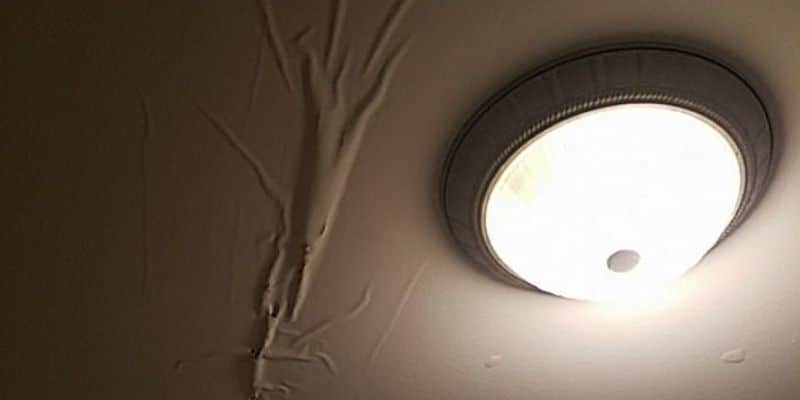Understanding Why Leak Problems Can Be So Frequent at Your House
Understanding Why Leak Problems Can Be So Frequent at Your House
Blog Article
Are you currently looking for ideas concerning How to detect water leaks in your home?

Leaks not just trigger waste of water but can additionally trigger unneeded damage to your home and also advertise unwanted natural growth. By understanding and also looking for daily situations that create leakages, you can safeguard your home from future leaks and unneeded damages.
Immediate temperature adjustments.
Extreme temperature level changes in our pipes can trigger them to expand and contract unexpectedly. This expansion as well as contraction might trigger splits in the pipes, especially if the temperature are below freezing. If you kept an eye on how your plumbing functions, it would be best. The visibility of the formerly discussed conditions frequently indicates a high threat.
Rusty water systems
This could be the cause of discoloration or bending on your water pipes. If our plumbing system is old, take into consideration changing the pipes because they are at a higher risk of rust than the more recent models.
Defective Pipe Joints
Pipe joints can deteriorate over time, resulting in water leaks. If you have noisy pipelines that make ticking or banging sounds, specifically when the warm water is turned on, your pipe joints are probably under a whole lot of stress.
Intruding roots
The majority of water leakages begin outside the house rather than inside it. You may see damp spots or sinkholes in your yard, and that might imply that tree roots are getting into water lines triggering water to leak out.
Poor Water Connectors
At times, a leakage can be created by loose hose pipes as well as pipes that provide your home appliances. In instance of a water links leak, you may discover water running straight from the supply line or puddles around your appliances.
Clogged Drains
Clogged drains pipes could be irritating and inconveniencing, yet they can often end up causing an overflow leading to burst pipelines. Keep eliminating any materials that may decrease your drains pipes that could clog them to prevent such aggravations.
All the above are reasons for leakages however not all water leakages arise from plumbing leakages; some leakages might come from roofing leaks. All leakages ought to be repaired promptly to stay clear of water damage.
Leaks not only create waste of water but can likewise create unnecessary damage to your home and promote undesirable organic development. By looking and comprehending for daily situations that create leakages, you can protect your residence from future leakages and unnecessary damages. Today, we will certainly look at 6 leakage creates that might be creating your pipes to leak.
At times, a leakage can be triggered by loose tubes as well as pipelines that provide your appliances. In case of a water connections leakage, you may discover water running straight from the supply line or pools around your devices.
How To Check For Water Leak In Your Home
How To Check for Leaks
The average household's leaks can account for nearly 10,000 gallons of water wasted every year and ten percent of homes have leaks that waste 90 gallons or more per day. Common types of leaks found in the home are worn toilet flappers, dripping faucets, and other leaking valves. These types of leaks are often easy to fix, requiring only a few tools and hardware that can pay for themselves in water savings. Fixing easily corrected household water leaks can save homeowners about 10 percent on their water bills.
To check for leaks in your home, you first need to determine whether you're wasting water and then identify the source of the leak. Here are some tips for finding leaks:
Take a look at your water usage during a colder month, such as January or February. If a family of four exceeds 12,000 gallons per month, there are serious leaks.
Check your water meter before and after a two-hour period when no water is being used. If the meter changes at all, you probably have a leak.
Identify toilet leaks by placing a drop of food coloring in the toilet tank. If any color shows up in the bowl after 10 minutes, you have a leak. (Be sure to flush immediately after the experiment to avoid staining the tank.)
Examine faucet gaskets and pipe fittings for any water on the outside of the pipe to check for surface leaks.
Undetected water leaks can happen without the home or business owner even realizing. If you suspect a water leak, but not able to find the source. It is time to contact a professional water leak detection service, The Leak Doctor.
How To Find a Water Leak In Your Home
https://www.leakdoctor.com/blog/How-To-Check-For-Water-Leak-In-Your-Home_AE197.html

I ran across that content on Most Common Causes of Leaky Pipes while looking around the internet. Sharing is caring. You won't know, you may be helping someone out. Thanks a lot for your time. Please check our blog back soon.
Secure efficient service. Report this page